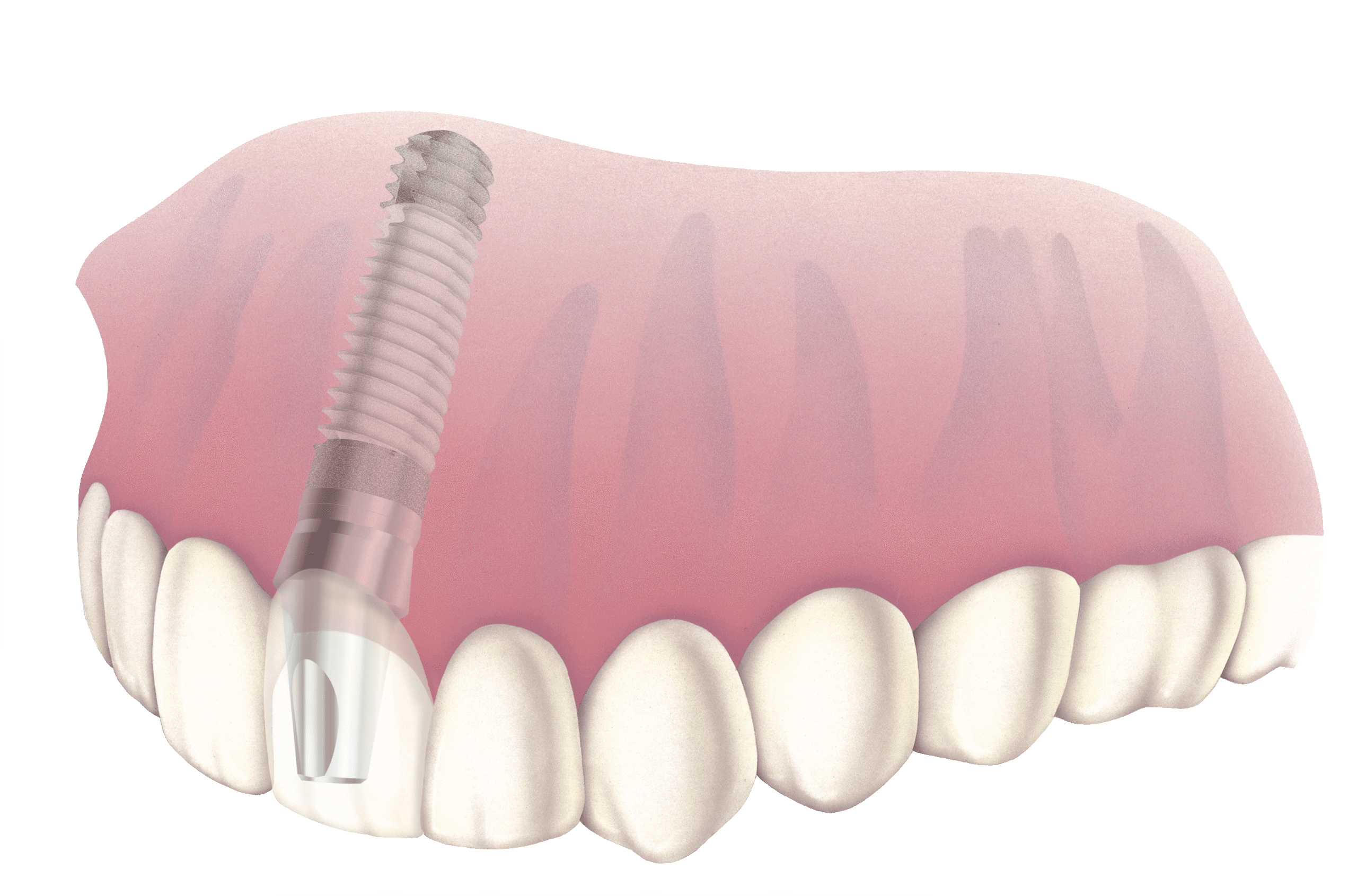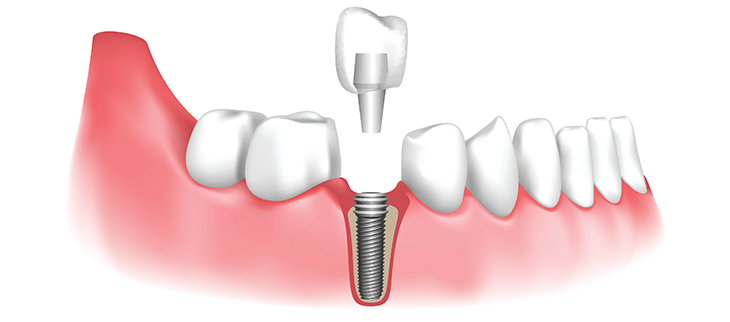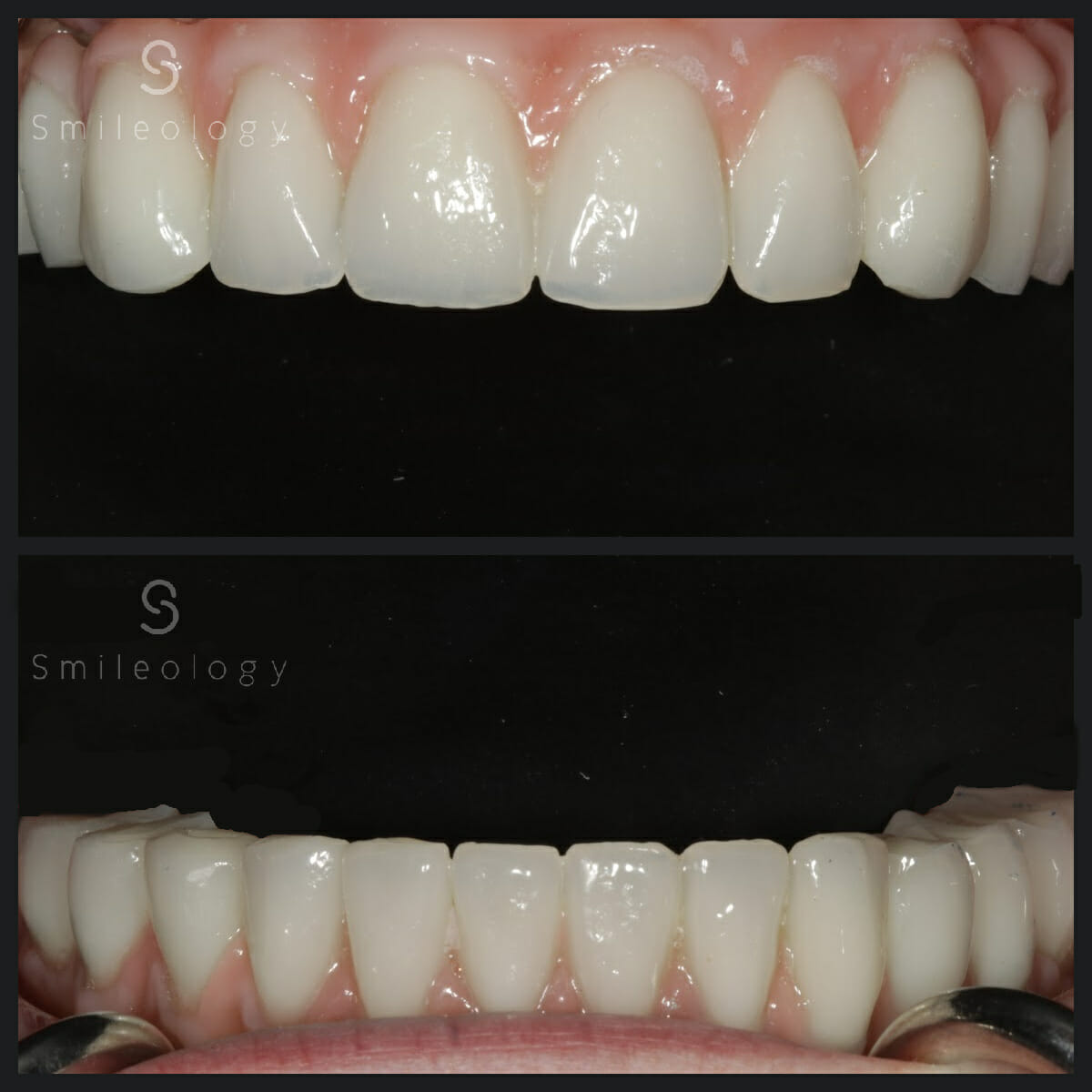Your Overview to Dental Implants Kent: Redeem Your Dental Wellness
Experience the Most Current Developments in Oral Implants Technology
As the area of dental care remains to evolve, the advancements in dental implant technology have been nothing short of amazing. From using sophisticated materials that improve toughness to the execution of electronic imaging for exact positioning, these innovations are transforming the landscape of dental care. With minimally intrusive medical methods and the customization abilities of 3D printing, clients now have actually accessibility to tailored services that were when unthinkable. Moreover, the integration of technology is transforming the functionality of oral implants, guaranteeing enhanced outcomes and patient contentment.
Advanced Products for Improved Resilience
In the world of dental implants modern technology, the combination of innovative materials has actually dramatically added to enhancing toughness and durability of these critical dental prosthetics. The use of products such as titanium alloys, zirconia, and ceramic compounds has transformed the field by supplying enhanced resistance, biocompatibility, and strength to corrosion.
Titanium alloys are extensively made use of in dental implants as a result of their outstanding strength-to-weight proportion, corrosion resistance, and compatibility with the human body. These alloys make sure the security and longevity of the implant by holding up against the pressures exerted during eating and talking, giving a trusted solution for people looking for resilient tooth substitutes.
Zirconia, a type of ceramic material, has actually gained popularity for its biocompatibility and natural tooth-like appearance. Its high stamina and resistance to use make it an ideal selection for dental crowns and bridges, enhancing the overall aesthetic appeals and performance of the dental implant.

Digital Imaging for Precise Placement
The evolution of oral implants modern technology has even more advanced with the integration of electronic imaging strategies, making certain accurate placement of these prosthetics for optimal functional and visual results. Digital imaging plays a crucial function in the planning and placement of dental implants by giving thorough 3D pictures of the individual's jawbone structure. This technology permits dental practitioners to examine bone density, locate vital frameworks, and prepare the exact placement and angle for implant placement with unrivaled accuracy.
By making use of digital imaging, dental practitioners can produce digital surgical overviews that function as a roadmap during the dental implant placement treatment. These guides are customized for each and every client, taking into consideration their one-of-a-kind composition and the desired result. This level of accuracy not only enhances the success price of dental implant treatments however additionally minimizes the threat of difficulties.
Furthermore, electronic imaging makes it possible for dental practitioners to picture the last prosthetic repair before the real placement of implants, permitting meticulous planning and ensuring that the end result fulfills the client's visual assumptions. In general, the assimilation of digital imaging technology has transformed the field of oral implants, offering patients a much more foreseeable, efficient, and patient-specific treatment method.

Minimally Intrusive Surgical Techniques


Advancements in surgical methods have resulted in the development of minimally intrusive strategies in the area of oral implantology. These methods aim to reduce injury to the individual, shorten healing times, and improve total therapy outcomes. Minimally invasive medical treatments include smaller lacerations, specialized instruments, and advanced imaging modern technologies check this to specifically position dental implants with marginal disturbance to surrounding cells.
One trick facet of minimally invasive techniques is the usage of directed surgical treatment, where 3D imaging and computer-aided style software are employed to plan the implant positioning with terrific accuracy. This permits a much more foreseeable result and can often remove the demand for substantial flap surgery.
In addition, innovations in materials and dental implant style have additionally added to the success of minimally intrusive methods. Implants with boosted surface residential properties promote much faster osseointegration, reducing the recovery time called for before the prosthetic reconstruction can be put.
3D Printing for Custom-made Solutions
Utilizing 3D printing innovation in oral implantology enables the development of very personalized remedies tailored to private client demands and anatomical variations. This cutting-edge innovation allows oral professionals to develop and make oral implants with phenomenal precision and accuracy. By using electronic imaging read strategies, such as cone beam calculated tomography (CBCT), thorough 3D models of the client's oral tooth cavity can be created to guide the implant preparing procedure.
Among the vital benefits of 3D printing in oral implantology is the ability to create patient-specific implants that completely fit the distinct composition of each individual. This individualized strategy assists improve the total success and durability of the implant by guaranteeing ideal fit and positioning. Additionally, 3D printing permits the production of complicated geometries and intricate frameworks that would certainly be challenging or difficult to accomplish utilizing standard production approaches.
In addition, 3D printing modern technology makes it possible for dentists to streamline the implantation process, minimizing surgical treatment time and enhancing overall person experience. With its capacity to produce personalized remedies quickly and successfully, 3D printing is changing the area of dental implantology, offering clients innovative therapy alternatives and enhanced outcomes.
Integrated Modern Technology for Improved Performance
Carrying out innovative innovation in oral implantology improves performance and accuracy, boosting the requirement of treatment for people undergoing dental implant treatments. Integrated technology plays a critical function in enhancing the total success and sturdiness of oral implants.
In addition, the integration of computer-aided style and computer-aided production (CAD/CAM) modern technology enables the production of customized dental implant restorations with outstanding precision. CAD/CAM systems utilize digital impressions to create prosthetics that perfectly fit the client's special composition, making certain optimum convenience and performance. In addition, the usage of robotic-assisted surgical procedure in implant placement enhances precision and reduces the threat of human mistake.
Verdict
Finally, the most recent innovations in dental implants technology offer enhanced resilience with top article advanced materials, precise positioning with electronic imaging, minimally intrusive surgical techniques, customized solutions with 3D printing, and boosted performance with integrated technology - Dental implants Kent. These developments in dental implants technology are transforming the field and supplying individuals with more effective and efficient treatment alternatives for recovering their smiles and oral health
The assimilation of modern technology is changing the capability of dental implants, guaranteeing improved results and patient satisfaction.
The development of oral implants technology has actually further advanced with the assimilation of digital imaging methods, ensuring accurate positioning of these prosthetics for optimal practical and visual outcomes. Minimally intrusive medical treatments entail smaller cuts, specialized tools, and advanced imaging technologies to exactly position dental implants with minimal disturbance to bordering tissues.
Executing advanced modern technology in oral implantology improves capability and accuracy, raising the requirement of treatment for people undertaking implant procedures. Dental implants Kent. Integrated modern technology plays an important duty in boosting the overall success and resilience of oral implants